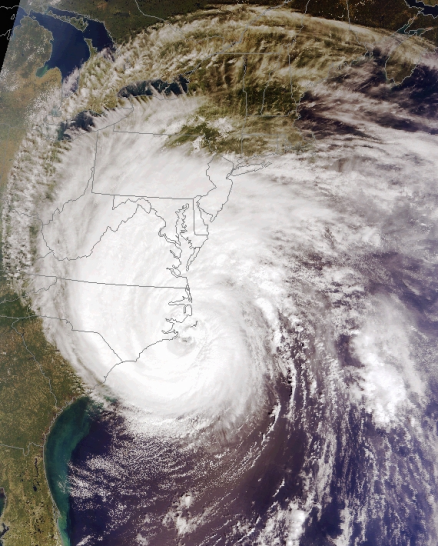NASA SPoRT Seminar, Wednesday April 6th
Apr 4, 2016 - CSL

NASA SPoRT
You are cordially invited to attend the special seminar on Wednesday, April 6th from 10:00-11:00 a.m., Jonathan Case and Dr. Clay Blankenship, NASA SPoRT will be on campus from 9:00-3:00 p.m., so please let me know if you are interested in meeting them.
Real-time Land Information System and Soil Moisture Data Assimilation for Situational Awareness and Local Numerical Weather Prediction Applications
Jonathan Case and Dr. Clay Blankenship, NASA SPoRT
Abstract:The NASA Short-term Prediction Research and Transition (SPoRT) Center manages a real-time Land Information System (LIS) simulation over a full Continental U.S. (CONUS) domain at ~3-km resolution. The real-time LIS (hereafter, SPoRT-LIS) runs version 3.3 of the Noah land surface model in an offline mode. Simulations are driven by atmospheric analyses from NCEP/EMC's operational North American Land Data Assimilation System – version 2 (NLDAS-2), short-term hourly quantitative precipitation estimates from the Multi-Radar Multi-Sensor (MRMS) operational product, and real-time green vegetation fraction (GVF) input from the NOAA/NESDIS global, 4-km daily product derived from the Suomi-NPP VIIRS instrument. The objective of the SPoRT-LIS is to provide land surface fields (e.g., soil moisture, soil moisture change maps, etc.) to SPoRT's operational partners for increased situational awareness and local numerical weather prediction (NWP) applications. Updated SPoRT-LIS output are generated in six-hourly cycles and transmitted to SPoRT-partnering NOAA/NWS forecast offices via LDM for display in AWIPS II. The current SPoRT-LIS is based off a climatology run of LIS-Noah spanning 1979 to present, from which near real-time soil moisture change maps are generated at a higher resolution than currently available national- and global-scale products. In this way, the SPoRT-LIS complements the larger-scale operational products by providing unique, customized land surface grids within the end-user's decision support system to enhance situational awareness (e.g., drought monitoring decisions) and improve land surface initialization in NWP applications. The first half of the seminar will describe the SPoRT-LIS system and illustrate examples of how the SPoRT-LIS data have been used by NWS partner forecast offices in evaluation periods during summer 2014 and 2015. Future enhancements of the SPoRT-LIS shall include the assimilation of soil moisture retrievals from NASA's Soil Moisture Active Passive (SMAP) mission and the European Space Agency's Soil Moisture Ocean Salinity (SMOS) satellite. The last half of the seminar will highlight SPoRT's efforts to assimilate SMOS and SMAP retrievals into the SPoRT-LIS.
